Results
-
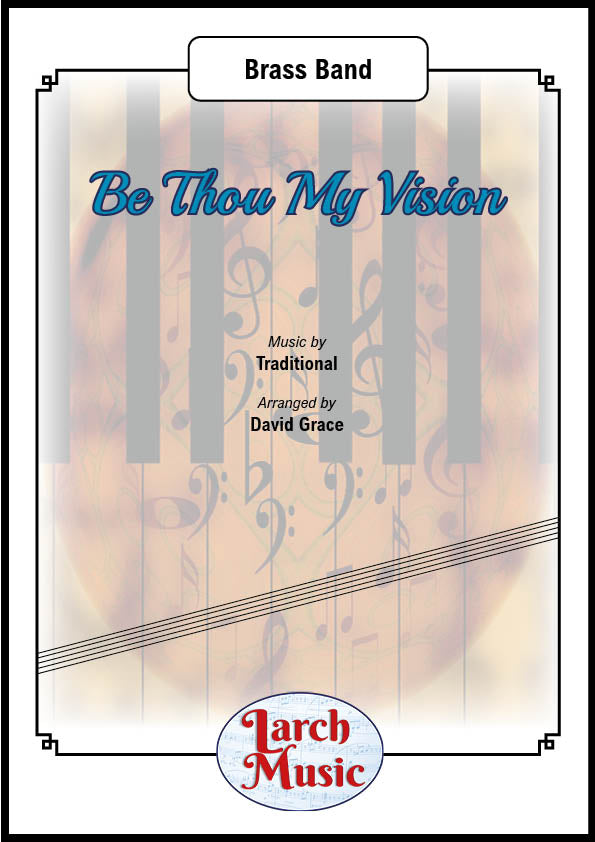 £30.00
£30.00Be Thou My Vision (Traditional arr. by David Grace) - Brass Band Sheet Music Full Score & Parts - LM656 - Traditional - David Grace
COMPOSER: TraditionalARRANGER: David Grace"Be Thou My Vision" (Old Irish: Rop tu mo baile or Rob tu mo bhoile) is a traditional Christian hymn of Irish origin.The words are based on a Middle Irish poem that has traditionally been attributed to Dallan Forgaill in the 6th century.However, scholars believe it was written later than that.Some date it to the 8th century; others put it as late as the 10th or 11th century.That it sat untranslated for perhaps 14 centuries is astounding.The best-known English version, with some minor variations, was translated in 1905 by Mary Elizabeth Byrne, then made into verse by Eleanor Hull and published in 1912.Since 1919 it has been commonly sung to an Irish folk tune, noted as "Slane" in church hymnals, and is one of the most popular hymns in the United Kingdom.LM656 - ISMN : 9790570006564
In Stock: Estimated dispatch 3-5 working days
-
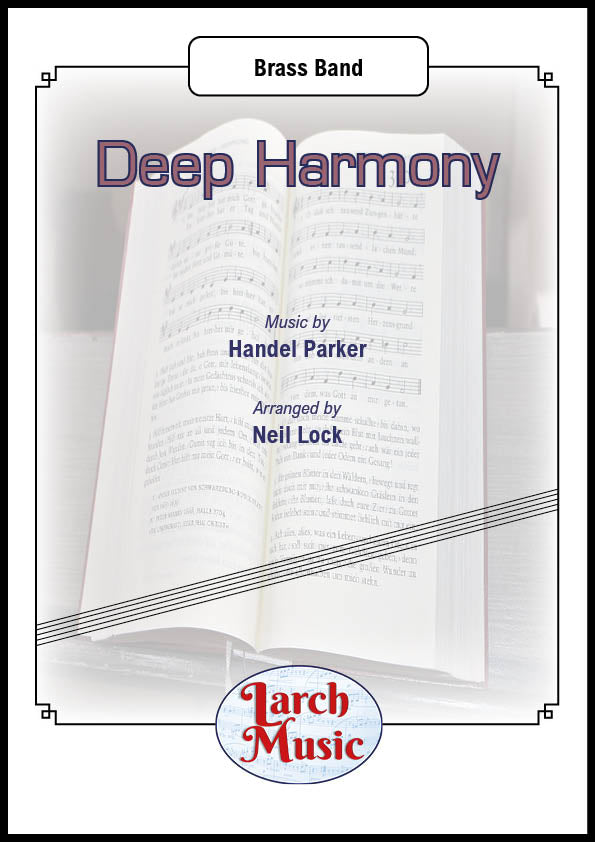 £25.00
£25.00Deep Harmony (Handel Parker arr. by Neil Lock) - Brass Band Sheet Music Full Score & Parts - LM670 - Handel Parker - Neil Lock
COMPOSER: Handel ParkerARRANGER: Neil LockThe popular hymn tune by Handel Parker treated to a new 3 verse brass band arrangementSuitable for most bandsLM671 - ISMN : 9790570006700
In Stock: Estimated dispatch 3-5 working days
-
 £30.00
£30.00In Dulci Jubilo (Gesius/Bach arr. by David Beal) - Brass Band Sheet Music Full Score & Parts - LM105 - Gesius / Bach
COMPOSER: Gesius / BachARRANGER: David BealA wonderful arrangement of this classic piece given a "through the ages" treatment. Starting with a nice ensemble version developing into a classic light rock version then moving into a Bach Choral harmonious style to a large vibrant ending.One for your Christmas concert.LM105 - ISMN : 9790570001057
In Stock: Estimated dispatch 3-5 working days
-
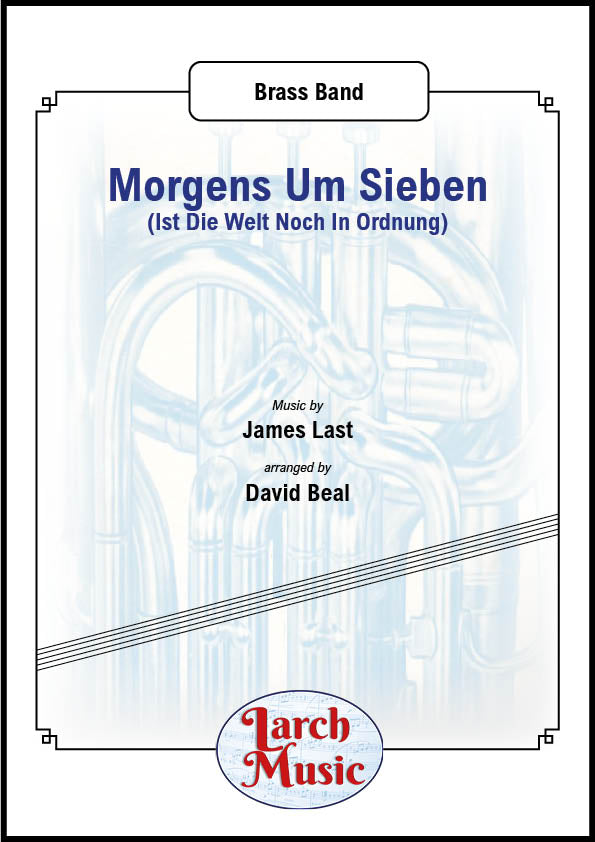 £21.50
£21.50Morgens Um Sieben (Is Die Welt Noch In Ordnung) (James Last arr. by David Beal) - Brass Band Sheet Music Full Score and Parts - LM703
COMPOSER: James LastARRANGER: David BealRemember the 1968 Film Morgens Um Sieben (Mornings at Seven)?orThe theme to the BBC Ice Skating back in the 80's?Well this is the tune from both...A great arrangement suitable for any concert not forgetting the 7 bell tolls in the final few bars. Very effective.
In Stock: Estimated dispatch 3-5 working days
-
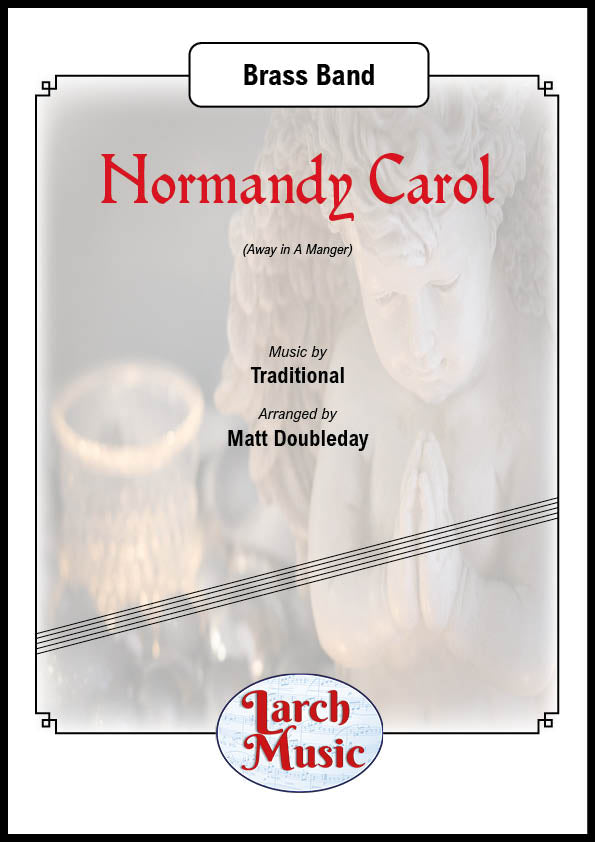 £30.00
£30.00Normandy Carol (Traditional arr. by Matt Doubleday) - Brass Band Sheet Music Full Score and Parts - LM286
COMPOSER: TraditionalARRANGER: Matt DoubledayA traditional carol given the brass band treatment by Matt Doubleday making a delightful new arrangement of Away In A Manger.Suitable for 4th Section upwardsA super addition to your Christmas Repertoire.
In Stock: Estimated dispatch 3-5 working days
-
 £25.00
£25.00Praelude - Brass Band Sheet Music Full Score & Parts - LM350
COMPOSER: Wilfried WeilandAn original composition ideal for a concert opener from Wilfried WeilandPlenty of work from all sections making this piece a stunning start to your concert.LM350 - ISMN : 9790570003501
In Stock: Estimated dispatch 3-5 working days
-
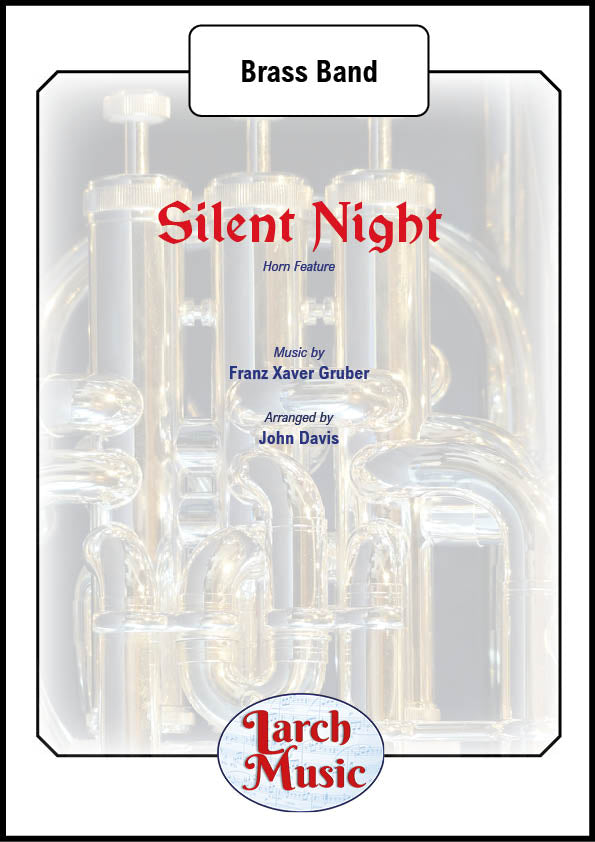 £25.00
£25.00Silent Night (Davis) - Brass Band Sheet Music Full Score & Parts - LM945
COMPOSER: Franz Xaver GruberARRANGER: John DavisSomething new for your band this Christmas from the pen of John DavisA lightly scored arrangement of this classic Christmas tune.LM945 - ISMN : 9790570009459
In Stock: Estimated dispatch 3-5 working days
-
 £25.00
£25.00Silent Night (Kempster) - Brass Band Sheet Music Full Score & Parts - LM930
COMPOSER: Franz Xaver GruberARRANGER: Mike KempsterSomething new for your band this Christmas from the pen of Mike KempsterA lightly scored arrangement of this classic Christmas tune.LM930 - ISMN : 9790570009305
In Stock: Estimated dispatch 3-5 working days
-
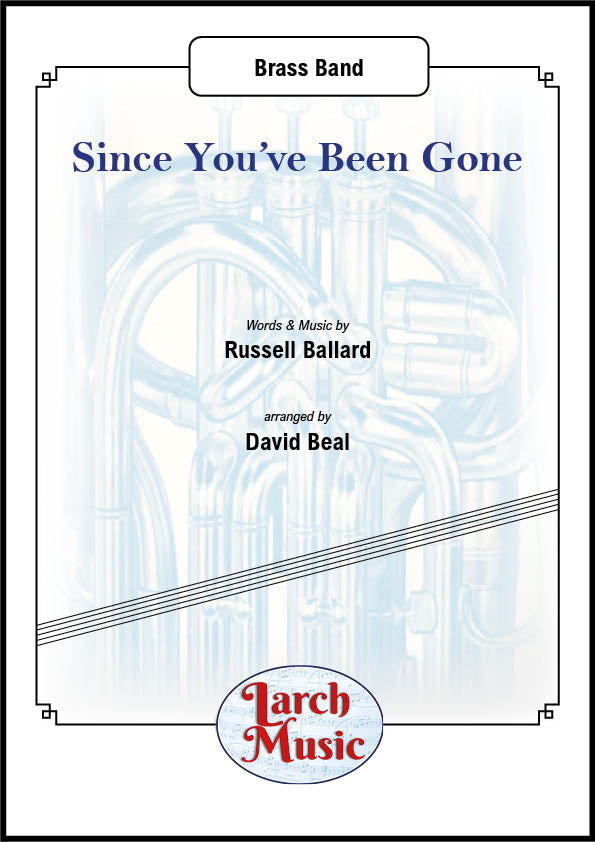 £25.99
£25.99Since You've Been Gone - Brass Band Sheet Music Full Score & Parts - LMAM021
COMPOSER: Russell BallardARRANGER: David Beal"Since You Been Gone" is a song written by former Argent guitarist Russ Ballard and first released on his 1976 album Winning. It was covered by Rainbow in 1979 and released as a single from their album Down to Earth.In 1979, "Since You Been Gone" was covered by Rainbow, who released it as the first single from their 1979 album Down to Earth with Graham Bonnet on lead vocals. It was a top-10 single in the United Kingdom, where it reached number six. In the US, the song reached number 57. It was named the 82nd-best "Hard Rock Song of All Time" by VH1. The song was later included on the second trailer and on the soundtrack to Guardians of the Galaxy Vol. 3, which first aired on February 12, 2023, during Super Bowl LVII.Scored for British Brass BandAny purchases of this Item cannot be made from this listing please click on the link above - Any purchase using this site will be refunded
In Stock: Estimated dispatch 3-5 working days
-
 £74.99
£74.99Music from LOKI - Michael Brown
One of the hottest shows currently streaming is Loki which further unravels the ever-expanding tapestry of the Marvel universe. Natalie Holt's memorable soundtrack is dramatic and engaging, and presented here in a powerful arrangement of the main themes for brass band.
Estimated dispatch 5-14 working days









